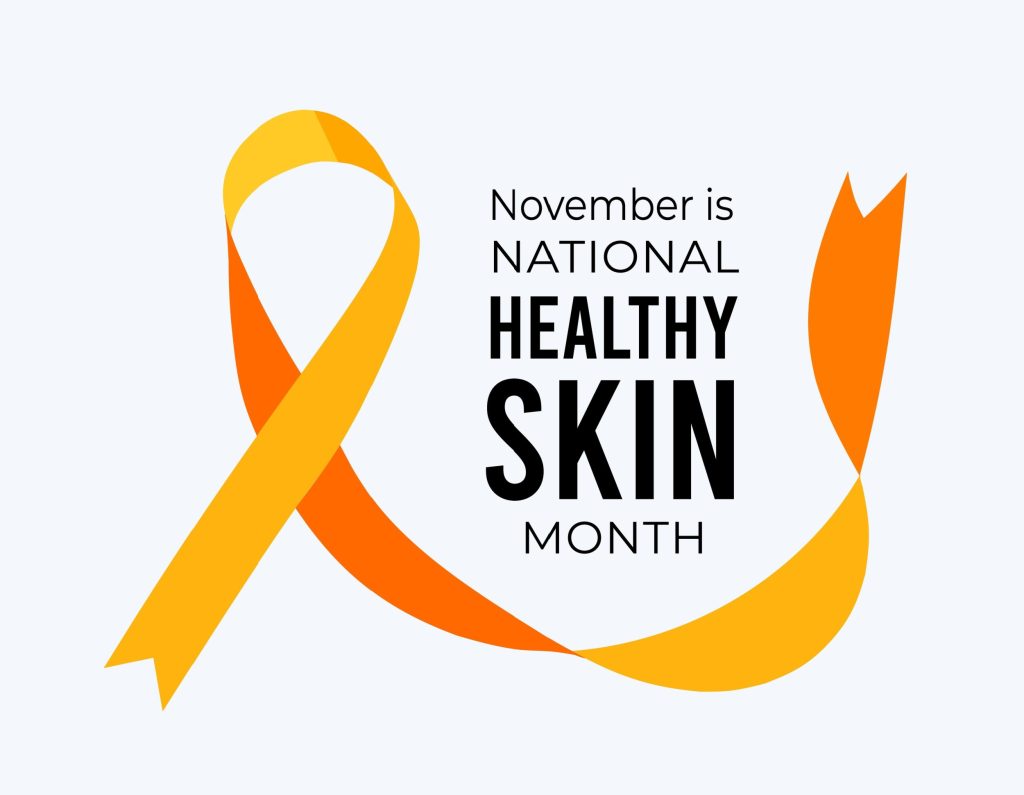
Feeling angry with your acne? We understand how frustrating it can be dealing with a multitude of skin symptoms on a daily basis. But did you know that what you may be experiencing could actually be a different, and easily managed kind of skin condition? Those bumps that look and feel like pimples could actually be caused by the inflammation of a hair follicle. This is known as folliculitis.
Folliculitis and acne may look similar, but they are actually much different. Acne is generally caused by a buildup of bacteria, skin cells, and oil that clogs skin pores and causes breakouts of pimples, whiteheads, and blackheads. Folliculitis can be caused by a bacterial infection, injury, virus, or fungi. When the hair follicle is infected by one of these, it also becomes inflamed and irritated resulting in a pustule or red bump. This is why folliculitis often gets mistaken for acne.
If you have red bumps on an area of your body that you typically do not get breakouts, you may have folliculitis. The best way to receive a proper diagnosis is the visit with your dermatologist so you can obtain a comprehensive skin exam. From there, your doctor will be able to tell you whether or not you have folliculitis or acne and can form a treatment plan.
In the meantime, there are a few at-home practices you can adopt to help prevent and treat folliculitis.
Try to avoid friction. Whether it’s one part of your skin rubbing against another part, or tight clothing rubbing against your skin, this causes constant abrasion to your skin. The chafing triggers a physical stress response and can lead to an infection. Wearing loosely fitted clothing can help ward off inflammation and irritation.
Keep an eye on your razor. Believe it or not, shaving can lead to folliculitis. If a razor is not kept clean, it can breed bacteria. Each time you shave, you are allowing a new layer of skin to become susceptible to contamination. Try rinsing out your razor with soap and water after each use, and keep it dry in between shaving. Do not allow your razor to sit in standing water.
Dry off after getting wet. After sweating or swimming, it’s important to towel off. Bacteria thrives in wet environments, and if you don’t keep our body dry, especially while in clothing, you may allow that bacteria to create an infection, and subsequently folliculitis. The best thing to do after swimming or sweating is to take off all wet clothing and rinse off with a shower, then use a towel to dry off. Follow up by wearing dry clothes. It’s important not to sit in your wet bathing suit or sweaty clothes. Be sure to also wash out your swimsuit after each use.
Shower after hot tub use. Extremely hot water can aggravate the skin and cause flareups of many skin conditions including eczema and rosacea. Frequently using a hot tub can also cause folliculitis. This is because bacteria called pseudomonas aeruginosa can cause a rash around hair follicles. This type of bacteria usually grows in hot tubs that are not properly maintained or cleaned. If you do use a hot tub, it’s important to shower directly after with a mild soap and warm water.
See an expert. If you have flareups of folliculitis, or think you may have acne, but aren’t sure how to proceed with treatment,it’s best to see a board-certified dermatologist. You can try at home remedies, including changing your shaving routine, using warm compresses on the affected area(s), or over the counter topical medications, but if you have a persistent issue with folliculitis, you may need medical care.
It’s important to remember, not all bumps are created equal. Folliculitis may look like acne, but it does require a separate treatment regimen. At FLDSCC, we are here for you and can help you in your skin care journey, whether you have acne, folliculitis, or anything in between.
Contact FLDSCC for All Your Skin Care Needs
Florida Dermatology and Skin Cancer Centers provides a full spectrum of dermatology and skin care services, and its team of physicians, APRNs, and PAs are experts in diagnosing and treating skin cancers with the latest technological options. Medical Director, Dr. K. Wade Foster, is fellowship-trained in Mohs surgery, the most effective technique for most types of skin cancers, with minimal scarring or risk.
For more information about services that Florida Dermatology and Skin Cancer Centers provides, or to make an appointment for a skin exam, visit www.fldscc.com or contact us at (855) FLD-SKIN.


